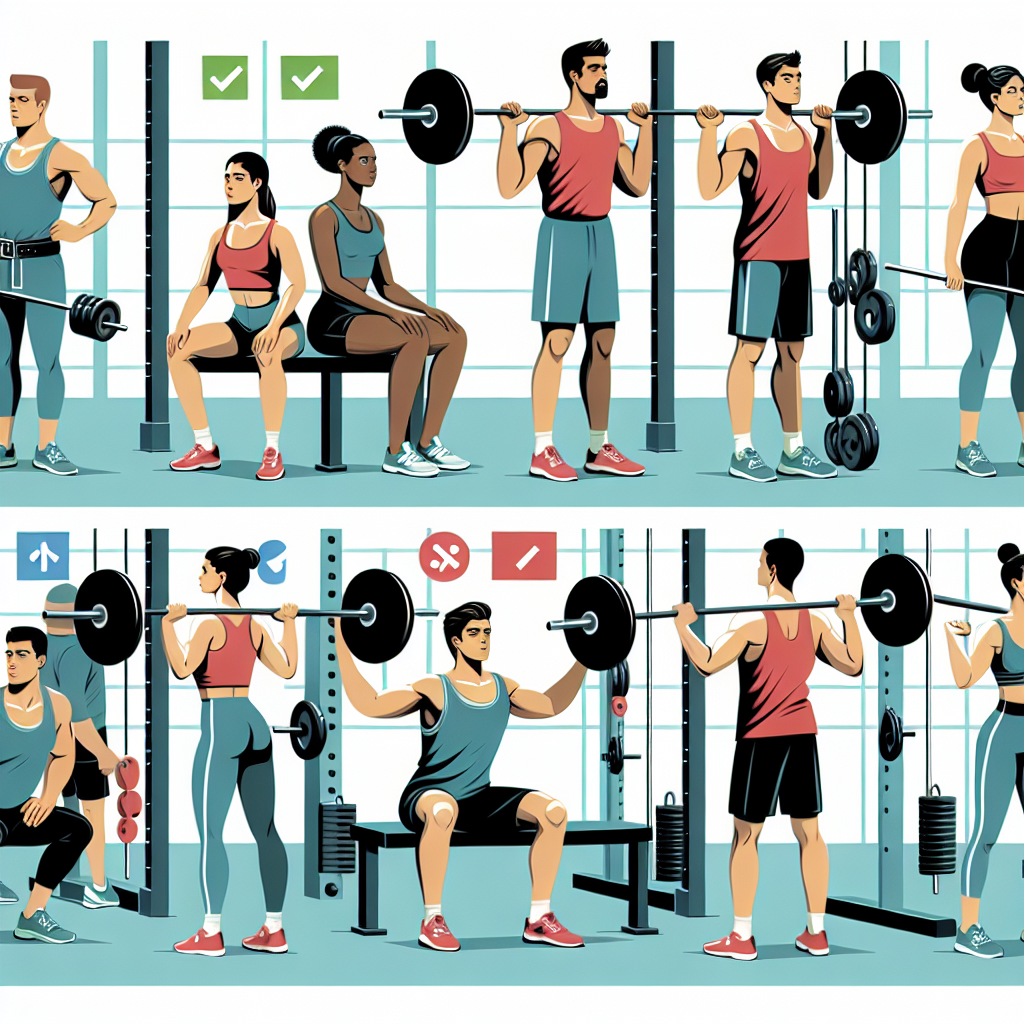Title: Beginner’s Guide to Safe Weight Lifting Practices
Introduction
Weight lifting is an excellent way to strengthen your muscles, increase your metabolism, and improve your overall health. However, as with any form of exercise, it is essential to approach weight lifting safely to avoid injuries. This beginner’s guide will provide you with the necessary knowledge and tips on safe weight lifting practices.
Understanding the Basics
Before you start lifting weights, it’s crucial to understand some basic principles. First, always remember that proper form is more important than the amount of weight you can lift. Lifting heavy weights with poor form can lead to serious injuries. Second, consistency and gradual progression are key in weight lifting. You should start with lighter weights and slowly increase them as your strength improves.
Warm-Up
A good warm-up routine prepares your body for the strenuous activity ahead. It increases blood flow to your muscles, loosens joints, and enhances muscle flexibility. A warm-up could include light cardio exercises like jogging or jumping jacks followed by dynamic stretching exercises.
Choosing the Right Weight
As a beginner, it might be challenging to determine what weight is appropriate for you. A good rule of thumb is to choose a weight that challenges you but doesn’t compromise your form. If you cannot maintain proper form for at least 10-12 repetitions, the weight might be too heavy.
Proper Form and Technique
Maintaining proper form is crucial in weight lifting. This involves keeping your spine in a neutral position throughout each movement and engaging the correct muscle groups. For example, when doing squats or deadlifts, ensure that most of the lift comes from your hips and legs rather than your lower back.
Rest Between Sets
Rest periods between sets are just as important as the exercise itself because they allow muscles time to recover. Resting for about 1-2 minutes between sets can help prevent injury and promote muscle growth.
Cool Down
After your weight lifting session, it’s important to cool down. This could involve doing some light cardio or stretching exercises. Cooling down helps to gradually lower your heart rate and prevent stiffness and muscle soreness.
Listening to Your Body
Finally, always listen to your body. If you feel pain beyond normal muscle fatigue, stop what you’re doing. It’s better to take a break and allow your body to recover than risk an injury.
Conclusion
Weight lifting is a rewarding activity that can significantly improve your health and fitness levels. However, it’s essential to approach it safely, especially as a beginner. By understanding the basics, warming up properly, choosing the right weight, maintaining proper form, resting between sets, cooling down after workouts and listening to your body, you can enjoy the benefits of weight lifting while minimizing the risk of injury. Remember that consistency is key – with patience and perseverance, you’ll see progress over time.
